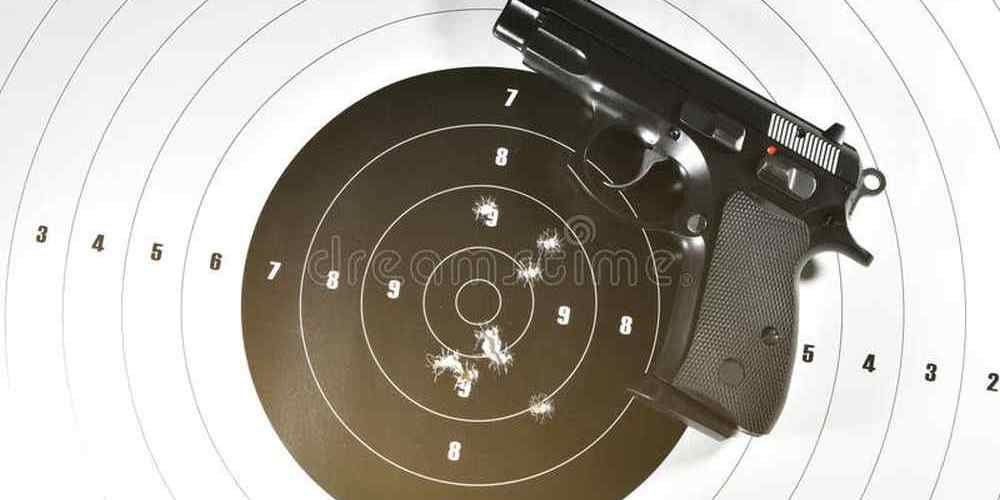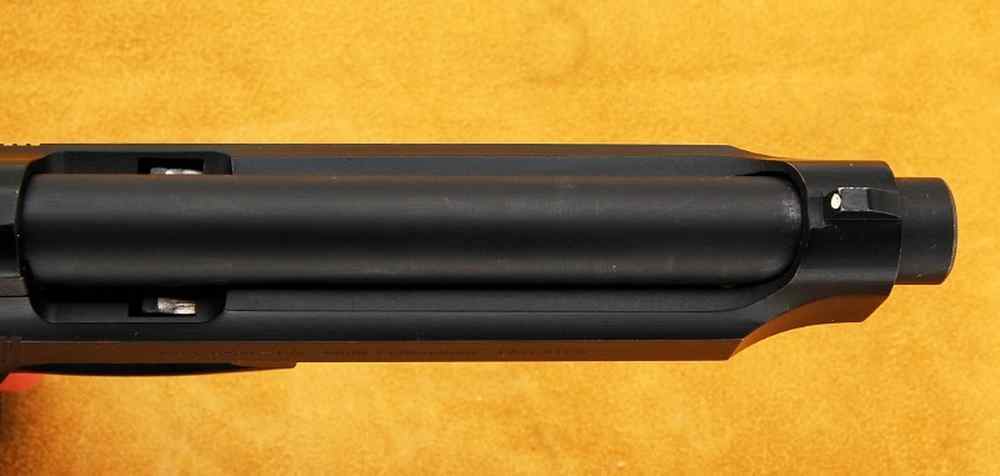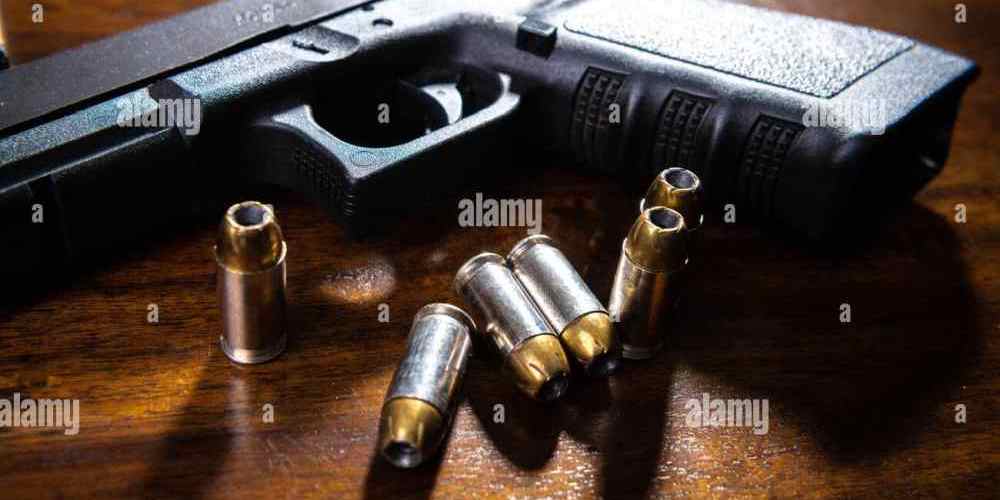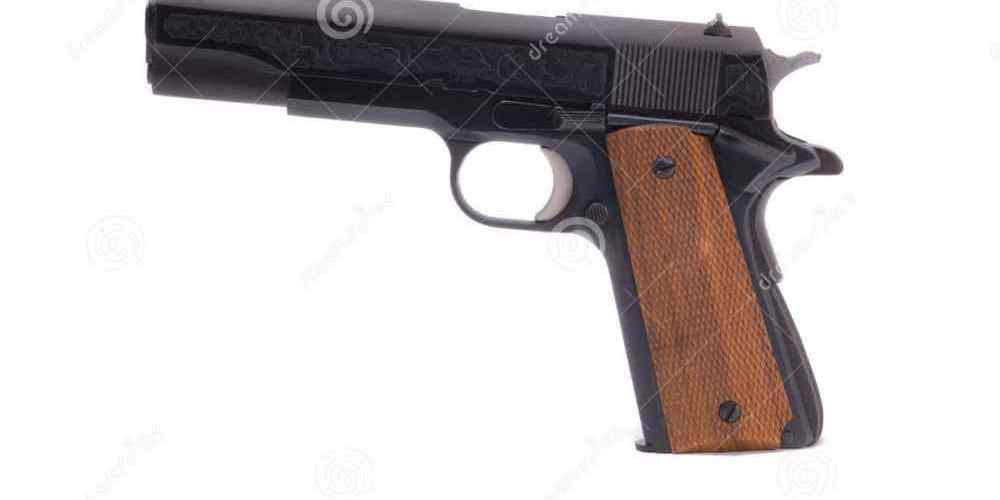“Precision and power: choosing the right ammunition for your needs.”
Benefits of Using Hollow Points in Semi-Auto Ammunition
When it comes to choosing ammunition for your semi-automatic firearm, there are a few key factors to consider. One of the most important decisions you’ll need to make is whether to use hollow point or full metal jacket (FMJ) rounds. Both types of ammunition have their own advantages and disadvantages, but in many cases, hollow points are the better choice.
Hollow point ammunition is designed to expand upon impact, creating a larger wound channel and transferring more energy to the target. This can be especially important in self-defense situations, where stopping power is crucial. FMJ rounds, on the other hand, are designed to penetrate deeply without expanding, making them better suited for target shooting or hunting.
One of the main benefits of using hollow point ammunition in a semi-automatic firearm is its ability to reduce over-penetration. Over-penetration occurs when a bullet passes through the target and continues on to hit something or someone behind it. This can be dangerous in a self-defense scenario, as you may inadvertently hit an innocent bystander. Hollow point rounds are less likely to over-penetrate, making them a safer choice for use in populated areas.
Another advantage of hollow point ammunition is its superior stopping power. When a hollow point bullet expands upon impact, it creates a larger wound channel and transfers more energy to the target. This can help incapacitate an attacker more quickly, giving you a better chance of surviving a dangerous situation. FMJ rounds, while effective at penetrating barriers, may not deliver the same level of stopping power as hollow points.
In addition to their superior stopping power, hollow point rounds are also less likely to ricochet or fragment upon impact. This can be important in urban environments, where stray bullets can cause collateral damage. By choosing hollow point ammunition for your semi-automatic firearm, you can reduce the risk of unintended injuries to bystanders.
While hollow point ammunition offers many benefits over FMJ rounds, there are some situations where FMJs may be the better choice. For example, if you are shooting at long distances or through barriers, FMJ rounds may offer better penetration and accuracy. Additionally, FMJ rounds are typically less expensive than hollow points, making them a more cost-effective option for target shooting or training.
In conclusion, hollow point ammunition is often the better choice for use in semi-automatic firearms. Its superior stopping power, reduced risk of over-penetration, and lower likelihood of ricochet or fragmentation make it a safer and more effective option for self-defense situations. While FMJ rounds may have their own advantages, such as better penetration and lower cost, hollow points are generally the preferred choice for those looking to maximize the performance of their semi-automatic firearm.
Differences Between Hollow Points and FMJs in Semi-Auto Ammunition
When it comes to choosing ammunition for your semi-automatic firearm, there are a few key factors to consider. One of the most important decisions you’ll need to make is whether to go with hollow point bullets or full metal jacket (FMJ) bullets. Both types of ammunition have their own advantages and disadvantages, so it’s important to understand the differences between them before making a decision.

Hollow point bullets are designed to expand upon impact, creating a larger wound channel and causing more damage to the target. This makes them ideal for self-defense situations, as they are more likely to stop an attacker in their tracks. In addition, hollow point bullets are less likely to over-penetrate, meaning they are less likely to pass through the target and hit something or someone behind it.
On the other hand, FMJ bullets are designed to penetrate deeply into the target without expanding. This makes them ideal for target shooting and training, as they are more likely to punch through barriers such as clothing or car doors. FMJ bullets are also less expensive than hollow points, making them a more cost-effective option for practice and training.
So when should you choose hollow point bullets over FMJs for your semi-automatic firearm? One key factor to consider is the intended use of the ammunition. If you are using your firearm for self-defense, hollow point bullets are the way to go. Their ability to expand upon impact and create a larger wound channel makes them more effective at stopping threats quickly and efficiently.
Another factor to consider is the potential for over-penetration. If you are using your firearm in a crowded area or in a home defense situation, over-penetration can be a serious concern. Hollow point bullets are less likely to pass through the target and hit something or someone behind it, making them a safer option in these scenarios.
Additionally, hollow point bullets are more likely to transfer all of their energy into the target upon impact, creating a more devastating wound. This can be especially important in self-defense situations, where stopping power is crucial.
However, there are some situations where FMJ bullets may be the better choice. If you are using your firearm for target shooting or training, FMJ bullets are a more cost-effective option. Their ability to penetrate deeply into the target without expanding makes them ideal for punching through barriers and hitting the intended target.
In conclusion, the decision to choose hollow point bullets over FMJs for your semi-automatic firearm depends on a variety of factors, including the intended use of the ammunition, the potential for over-penetration, and the desired stopping power. Hollow point bullets are more effective for self-defense situations, while FMJ bullets are better suited for target shooting and training. By understanding the differences between these two types of ammunition, you can make an informed decision that best suits your needs and preferences.
When Hollow Points Are More Effective Than FMJs in Semi-Auto Ammunition
When it comes to choosing ammunition for your semi-automatic firearm, there are a few key factors to consider. One of the most important decisions you’ll need to make is whether to go with hollow point bullets or full metal jacket (FMJ) bullets. Both types of ammunition have their own advantages and disadvantages, but there are certain situations where hollow points are more effective than FMJs.
Hollow point bullets are designed to expand upon impact, creating a larger wound channel and transferring more energy to the target. This makes them ideal for self-defense situations, where stopping power is crucial. FMJ bullets, on the other hand, are designed to penetrate deeply without expanding, making them better suited for target shooting or hunting where over-penetration is a concern.
In self-defense scenarios, hollow points are generally considered to be the better option. The expansion of the bullet upon impact increases the chances of hitting vital organs and stopping the threat quickly. FMJs, on the other hand, are more likely to over-penetrate and potentially cause collateral damage. This is why many law enforcement agencies and civilian concealed carriers choose to carry hollow points for self-defense.
Another factor to consider when choosing between hollow points and FMJs is the type of target you’ll be shooting at. Hollow points are more effective at stopping threats quickly, but they can also be more expensive than FMJs. If you’re shooting at paper targets or steel plates, FMJs may be a more cost-effective option. However, if you’re shooting at living targets, such as game animals or in a self-defense situation, hollow points are the better choice.
It’s also worth noting that some ranges have restrictions on the type of ammunition that can be used. Hollow points are sometimes prohibited due to concerns about ricochets or damage to backstops. In these cases, FMJs may be the only option available. It’s important to check with your range before heading out to shoot to ensure that you’re using the appropriate ammunition.
In conclusion, there are certain situations where hollow points are more effective than FMJs in semi-auto ammunition. For self-defense scenarios, hollow points offer superior stopping power and are less likely to over-penetrate. They are also a good choice for hunting or shooting at living targets where quick, humane kills are important. However, FMJs may be a better option for target shooting or situations where over-penetration is a concern. Ultimately, the best choice will depend on your specific needs and the type of shooting you’ll be doing.
Considerations for Choosing Hollow Points or FMJs in Semi-Auto Ammunition
When it comes to choosing ammunition for your semi-automatic firearm, there are a few key factors to consider. One of the most important decisions you’ll need to make is whether to go with hollow point bullets or full metal jacket (FMJ) bullets. Both types of ammunition have their own advantages and disadvantages, so it’s important to understand the differences between them before making a decision.
Hollow point bullets are designed to expand upon impact, creating a larger wound channel and causing more damage to the target. This makes them an excellent choice for self-defense situations, as they are more likely to stop an attacker quickly and effectively. In addition, hollow point bullets are less likely to over-penetrate, meaning they are less likely to pass through the target and hit something or someone behind it.
On the other hand, FMJ bullets are designed to penetrate deeply into the target without expanding. While this can be a disadvantage in self-defense situations, as FMJ bullets are less likely to cause immediate incapacitation, it can be an advantage in other situations. For example, FMJ bullets are often used in military and law enforcement applications, where the goal is to penetrate barriers and hit the target behind them.
So when should you choose hollow point bullets over FMJs for your semi-automatic firearm? One key consideration is the intended use of the ammunition. If you are using your firearm for self-defense, hollow point bullets are likely the better choice. Their ability to expand upon impact and create a larger wound channel makes them more effective at stopping threats quickly and efficiently.
Another consideration is the type of target you will be shooting at. If you are shooting at soft targets, such as paper or cardboard, FMJ bullets may be sufficient. However, if you are shooting at harder targets, such as steel plates or concrete barriers, hollow point bullets may be more effective at causing damage.
It’s also important to consider the laws and regulations in your area. Some jurisdictions have restrictions on the use of hollow point bullets for self-defense, so be sure to check the laws in your area before making a decision.
Ultimately, the choice between hollow point and FMJ bullets comes down to personal preference and intended use. If you are using your firearm for self-defense, hollow point bullets are likely the better choice. However, if you are using your firearm for target shooting or hunting, FMJ bullets may be more appropriate.
In conclusion, when choosing ammunition for your semi-automatic firearm, it’s important to consider the advantages and disadvantages of both hollow point and FMJ bullets. Hollow point bullets are more effective at stopping threats quickly and efficiently, making them a better choice for self-defense situations. FMJ bullets, on the other hand, are better at penetrating barriers and hitting targets behind them. Consider your intended use, the type of target you will be shooting at, and the laws in your area before making a decision.
Impact of Hollow Points vs. FMJs on Semi-Auto Ammunition Performance
When it comes to choosing ammunition for your semi-automatic firearm, there are a few key factors to consider. One of the most important decisions you’ll need to make is whether to go with hollow point bullets or full metal jacket (FMJ) bullets. Both types of ammunition have their own advantages and disadvantages, so it’s important to understand how they differ and when each type is most appropriate.
Hollow point bullets are designed to expand upon impact, creating a larger wound channel and transferring more energy to the target. This can be particularly effective for self-defense situations, as the increased stopping power can help neutralize a threat more quickly. In addition, hollow point bullets are less likely to over-penetrate, reducing the risk of collateral damage.
On the other hand, FMJ bullets are typically more affordable and offer better penetration through barriers such as clothing or drywall. This can be advantageous in situations where you may need to shoot through obstacles to reach your target. FMJ bullets also tend to have better feeding reliability in semi-automatic firearms, as their smooth, rounded shape is less likely to catch on the feed ramp.
So when should you choose hollow point bullets over FMJs for your semi-automatic firearm? One key consideration is the intended use of the ammunition. If you are primarily using your firearm for self-defense purposes, hollow point bullets are generally the better choice. Their ability to expand upon impact and create a larger wound channel can be crucial in stopping a threat quickly and effectively.
Another factor to consider is the environment in which you will be using the ammunition. If you anticipate needing to shoot through barriers such as clothing or drywall, FMJ bullets may be the more practical option. Their superior penetration can help ensure that the bullet reaches its intended target, even in less-than-ideal conditions.
It’s also worth noting that some ranges have restrictions on the type of ammunition that can be used, so be sure to check with your range before purchasing hollow point bullets. In some cases, FMJ bullets may be required for safety reasons or to prevent damage to range equipment.
Ultimately, the decision between hollow point and FMJ bullets comes down to your specific needs and preferences. If you prioritize stopping power and reduced risk of over-penetration, hollow point bullets may be the better choice for you. On the other hand, if affordability and penetration through barriers are more important to you, FMJ bullets may be the way to go.
Regardless of which type of ammunition you choose, it’s important to practice regularly with your firearm to ensure that you are comfortable and proficient with your chosen ammunition. Familiarize yourself with how your firearm handles different types of ammunition and make adjustments as needed to optimize performance.
In conclusion, both hollow point and FMJ bullets have their own strengths and weaknesses when it comes to semi-automatic ammunition. By understanding the differences between the two types of ammunition and considering your specific needs and preferences, you can make an informed decision on which type is best for you. Remember to prioritize safety and practice regularly to ensure that you are prepared for any situation that may arise.






